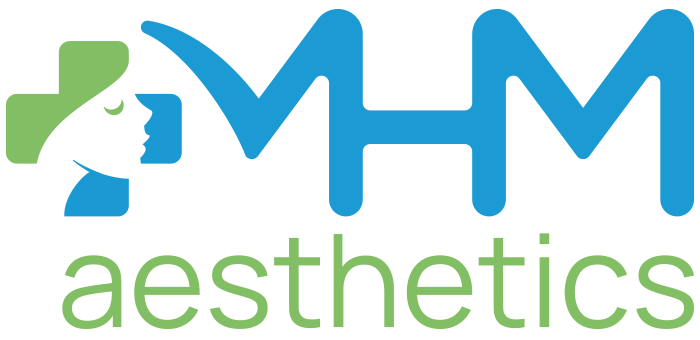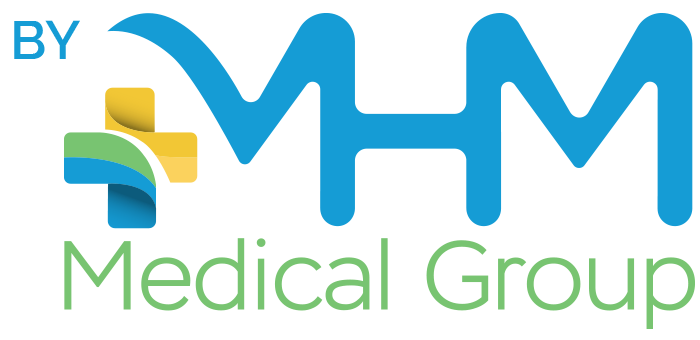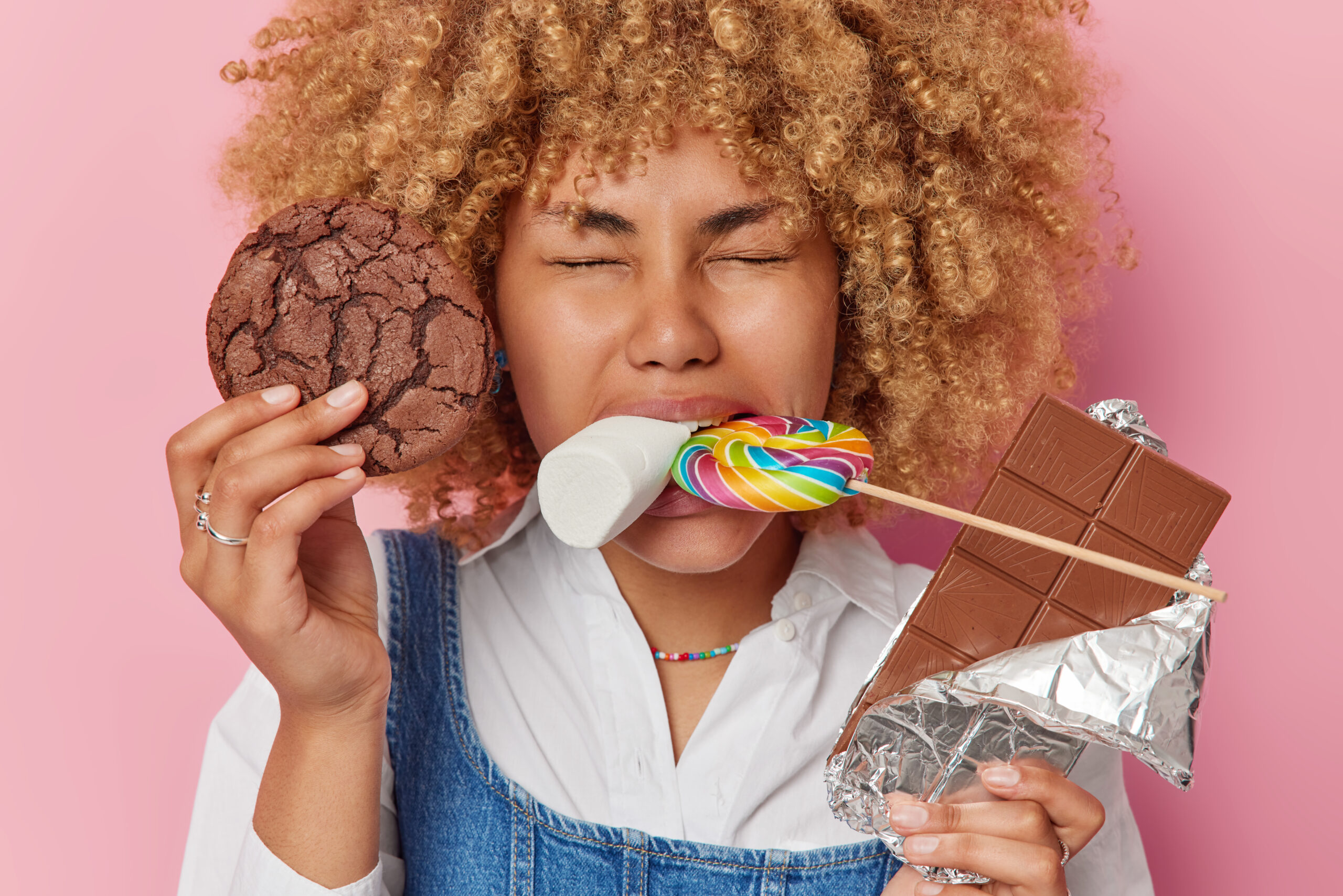Life After GLP-1: What to Expect and How to Stay on Track
If you’ve completed your GLP-1 medication treatment for weight loss—such as Ozempic, Wegovy, semaglutide, or tirzepatide—congratulations! That’s a huge milestone in your health journey. But many people wonder: what happens after you stop the medication?
One of the biggest challenges is dealing with cravings and appetite changes. This blog explores why those cravings feel so intense, whether weight regain is inevitable, and most importantly—what you can do to protect your results.
Why Do Cravings Come Back After GLP-1?
GLP-1 medications mimic a natural hormone that signals fullness and reduces appetite. Once you stop taking them, your appetite typically returns—often more strongly than before.
This rebound effect, sometimes called “Ozempic rebound,” doesn’t mean you lack willpower. Rather, the medication was quieting the “food noise” in your brain, and its absence can make cravings louder and harder to ignore.
 Is Weight Gain After GLP-1 Inevitable?
Is Weight Gain After GLP-1 Inevitable?
Research shows that many patients regain weight after discontinuing GLP-1 treatment—sometimes up to two-thirds of the lost weight within a year.
The good news? You can reduce this risk by creating sustainable habits that support your body long after the medication ends. Our weight loss program is designed to help patients maintain long-term success, even after GLP-1 treatment.
Practical Strategies to Manage Cravings After GLP-1
Here are evidence-based strategies to help you stay in control:
1. Build a Supportive Food Environment
-
Stock your kitchen with high-fiber carbohydrates (whole grains, beans, vegetables).
-
Build meals around lean protein, healthy fats, and fiber to stay fuller for longer.
2. Prioritize Lifestyle Habits
-
Stay active: Aim for at least 150 minutes of aerobic activity weekly; 250 minutes offers even better results.
-
Choose activities you enjoy—walking, yoga, swimming, or cycling all count.
3. Practice Mindful Eating & Portion Control
-
Eat slowly, avoid distractions, and tune into hunger and fullness signals.
-
Be mindful of portion sizes since medication isn’t moderating appetite anymore.
4. Create Accountability & Support Systems
-
Work with a registered dietitian or weight management coach.
-
Join a support group or connect with others who’ve transitioned off GLP-1 therapy.
5. Develop Behavioral & Emotional Coping Tools
-
Recognize triggers like stress or boredom and replace emotional eating with healthier outlets (journaling, walking, connecting with a friend).
-
If needed, consult a behavioral therapist specializing in weight management.
6. Keep Up with Health Check-ins
-
Stay in touch with your healthcare provider for monitoring and guidance.
-
Discuss additional therapies or support if cravings feel overwhelming.
Key Takeaways
-
Increased cravings after GLP-1 treatment are normal and biologically driven.
-
Weight regain is possible but not guaranteed—healthy habits significantly lower the risk.
-
Success comes from combining nutrition, exercise, accountability, and ongoing support.
Final Thoughts
Finishing GLP-1 treatment doesn’t mean your progress is lost. Think of it as the beginning of a new chapter in your wellness journey. You’ve already proven you can commit to change—now it’s about applying those tools consistently for long-term success.
If you’re finding the transition challenging, don’t go through it alone. Schedule a consultation with our medical team to build a personalized plan for lasting weight management. Your progress is worth protecting—and your health is worth the effort.


